Intro
Also called Lietuvos Sunkieji, the Lithuanian Heavy Draft comes from Lithuania and is one of the more handsome of the draft breeds.
Read more
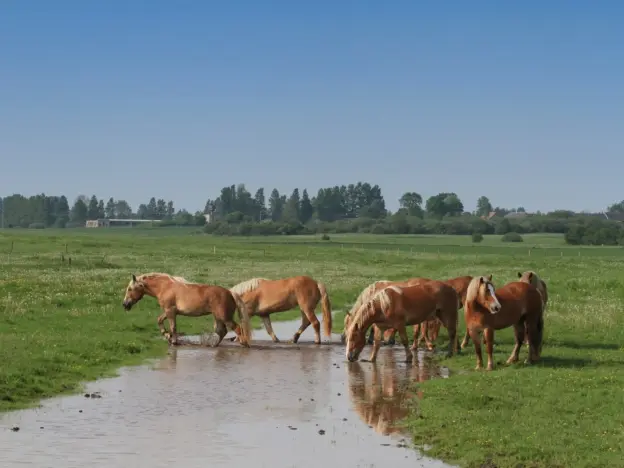
Also called Lietuvos Sunkieji, the Lithuanian Heavy Draft comes from Lithuania and is one of the more handsome of the draft breeds.
Read more
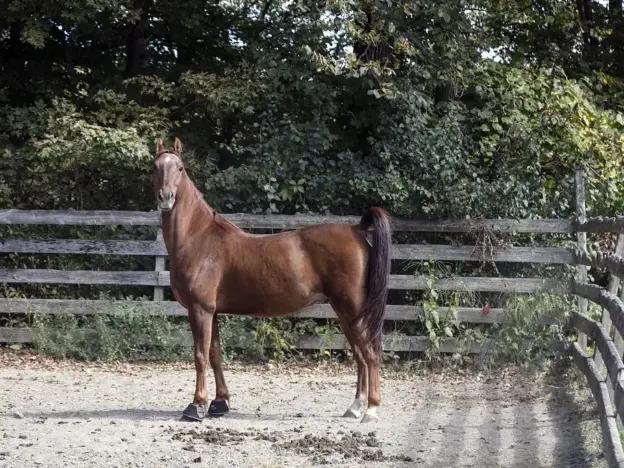
The Lippitt Morgan breed began in 1910 when a wealthy gentleman named Fullerton Phillips traveled to Vermont with the intention of raising Morgan horses. In his search for breeding stock, most of what he found were heavily crossed with trotters and didn’t reflect the majestic quality he so admired within the breed.
Read more
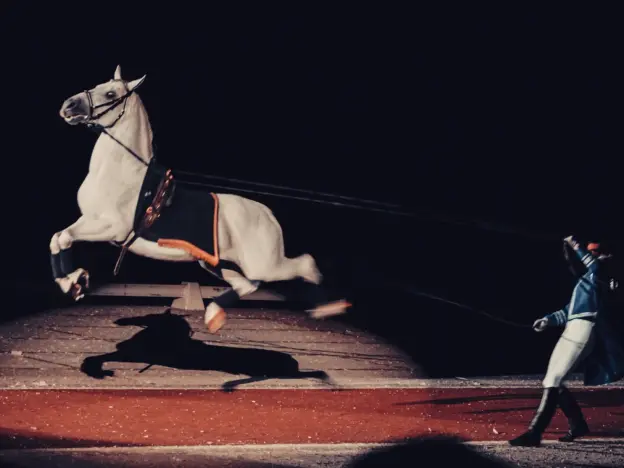
The Lipizzan or Lipizzaner is perhaps most well known for their fine performing stallions from the Spanish Riding School in Vienna, which is the oldest riding academy in the world. The Lipizzan breed is named for the village of Lipizza near the northwest border of Italy (before the 2nd World War anyway). Austria is actually credited with the origins of the breed because Lipizza was theirs during the breed’s development.
Read more
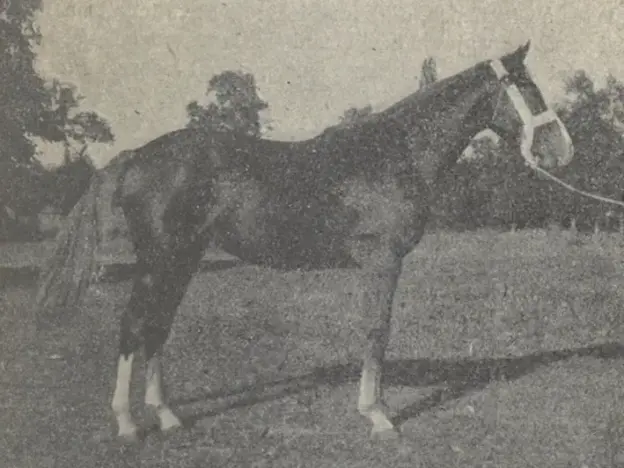
The Limousin horse is a famous old medieval saddle horse that came from the region of Limousin in France. The area has long been known for great horseflesh and this breed is one of the most influential in creating the Selle Français.
Read more
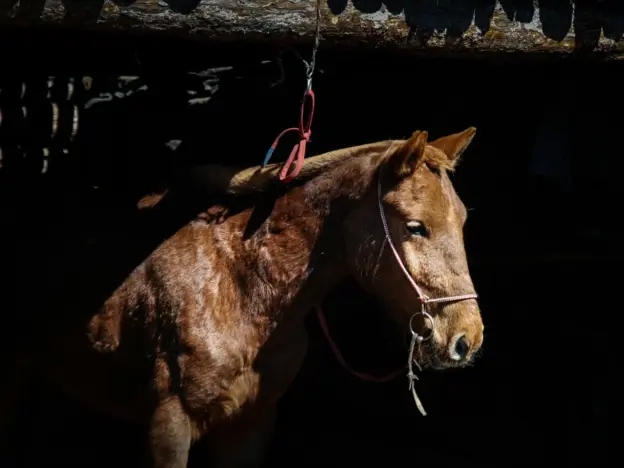
The Lijiang or Pony is a relatively new breed that is bred specifically in the Lijiang District of China. This area is at high altitude and the climate varies widely and native animals were not large enough to suit agricultural purposes.
Read more
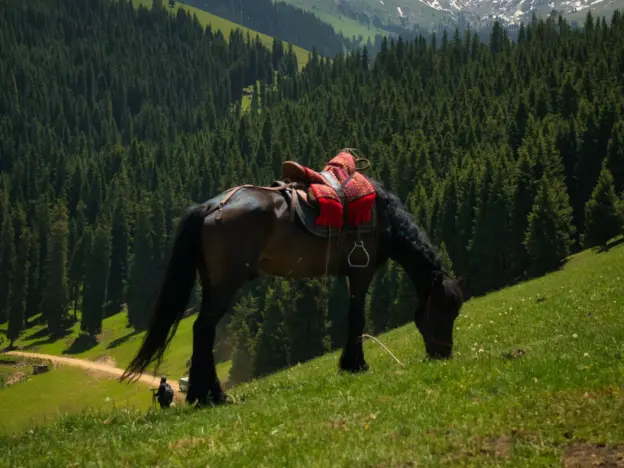
The Lichuan horse comes from the mountainous areas of Lichuan County in southwestern Hubei Province in China. The people of this area have ancient ties with horsemanship and horse production.
Read more
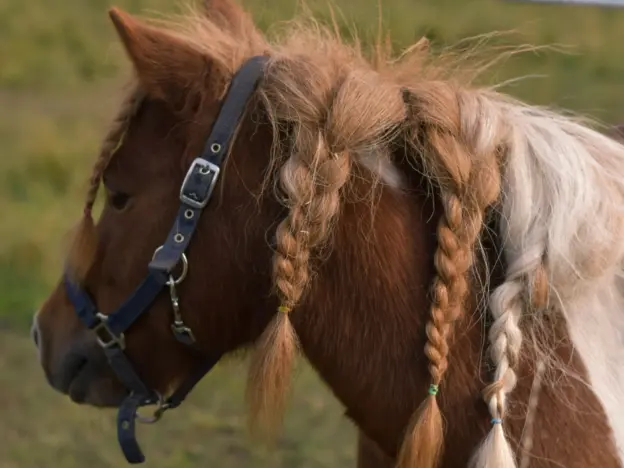
Also called the Lewitz, the Lewitzer Pony is a fairly recent breed that was developed late in the 20th century.
Read more
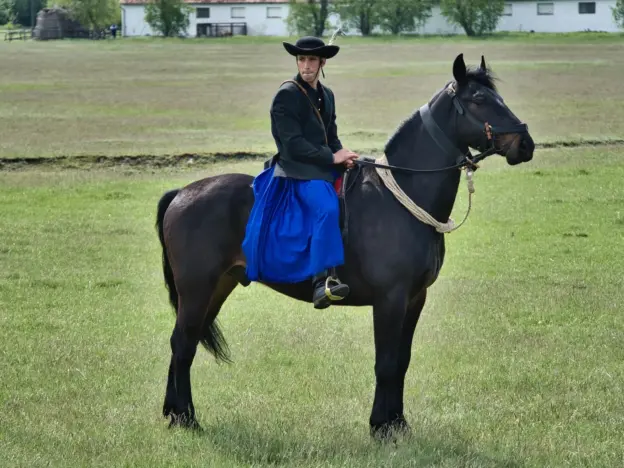
Also called the Leutstettener, the Leutstetten breed comes from Hungary. Breeding began early in the 19th century in an attempt to improve the local native animals. Breeding was taken seriously and very systematic with accurate stud books that date back to 1816.
Read more
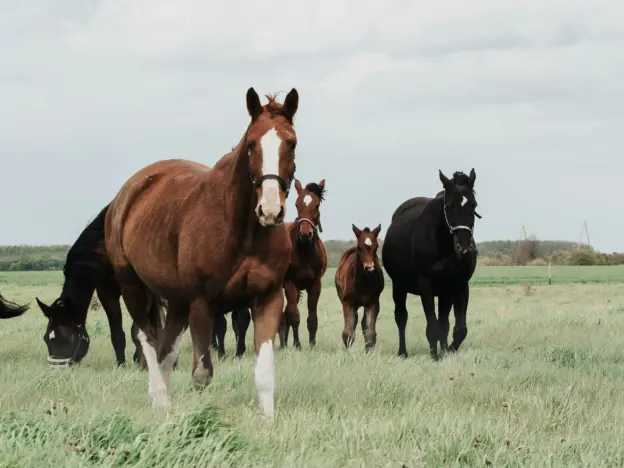
Also called the Latviiskaya, the Latvian comes from Latvia and is a robust all around utility horse that was developed in the beginning of the 20th century.
Read more
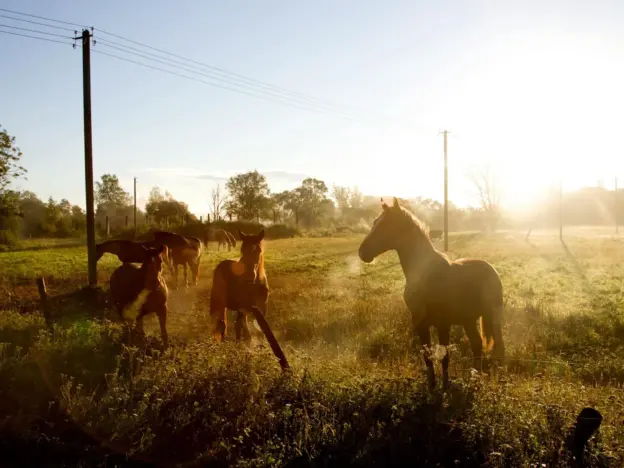
The Latgale Trotter was a strain of Baltic trotter that came from a cross between Orlov and American trotters with local stock. This breed was absorbed into the Latvian breed.
Read more